9 Things You Didn’t Know About Binghamton University Research
Binghamton University researchers are innovators in disciplines ranging from literature to electrical engineering. Read on for some quick insights into what they’re doing on campus and beyond!
1. The Nobel laureate who invented the lithium-ion battery? Yeah, his lab is on campus
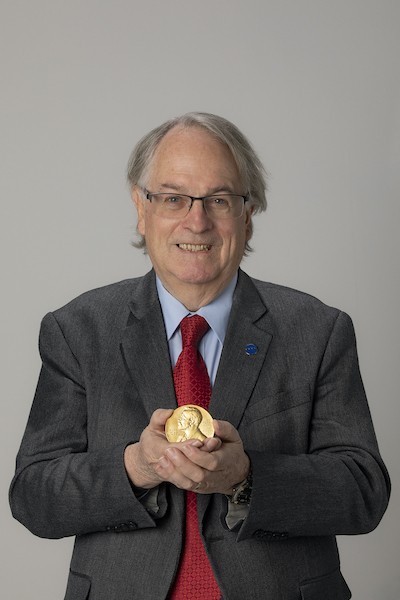
Binghamton chemist M. Stanley Whittingham received the 2019 Nobel Prize for Chemistry. Today his team at the NorthEast Center for Chemical Energy Storage (NECCES) takes a holistic, ambitious approach to making and testing batteries. “We only work on things that can power a million cars,” Whittingham says.
Find out more about Whittingham’s Nobel Prize journey.
2. Our labs want to keep you moving
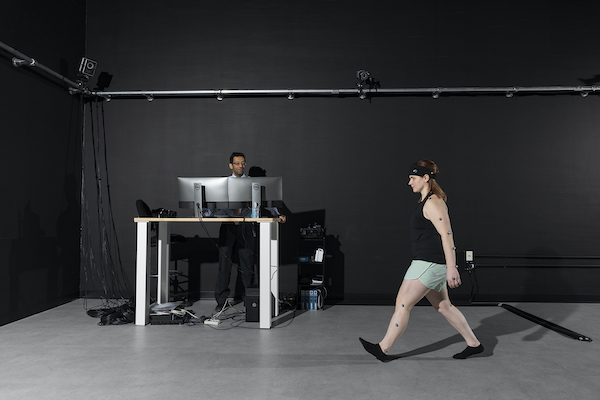
Binghamton’s new, 1,600-square-foot Motion Analysis Research Lab has some of the most sophisticated equipment available for conducting human-movement research focused on improving people’s health and quality of life. The lab, led by Vipul Lugade, a biomechanist and data scientist, brings together faculty and students from physical therapy and occupational therapy programs as well as engineering.
The lab is a significant step forward for Binghamton University’s School of Rehabilitation Sciences, established in 2019 along with the School of Applied Health Sciences. Learn more.
3. Our research makes electronic devices faster, smaller and greener
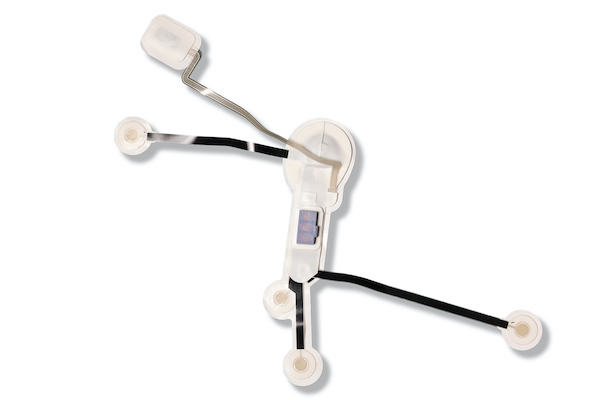
S3IP, Binghamton’s New York State Center of Excellence, partners with companies to improve devices ranging from smartphones to wearable medical monitors and from autonomous vehicles to sensors powering the internet of things. That takes new technology to construct 3D stacks of microchips, print electronic devices on rolls of flexible plastic and glass, use less energy in data centers, and grow efficient solar cells out of cheap, abundant materials.
Take a virtual tour of the Center of Excellence.
4. We have brilliant historians researching and educating
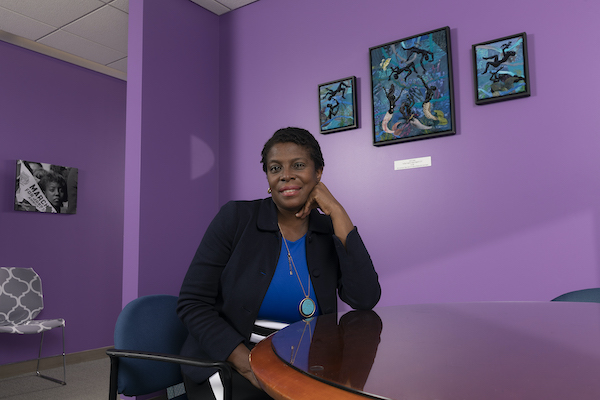
Historian Anne Bailey, author of a recent book about the largest slave auction in U.S. history, has also written about the push for reparations for Black Americans. She directs Binghamton’s Harriet Tubman Center for Freedom and Equity.
Bailey recently discussed her book “The Weeping Time” with WSKG’s book podcast Off the Page.
5. We’re putting drones to work for the good of people and the planet
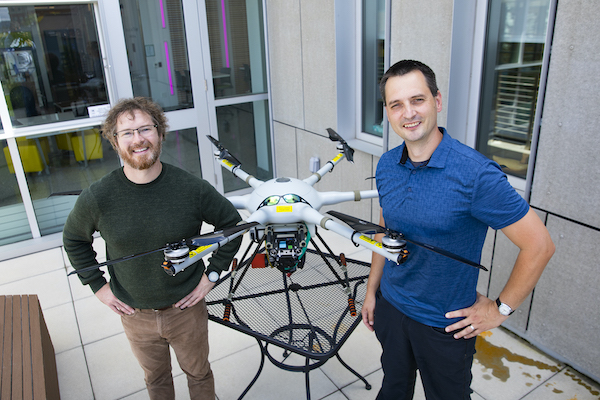
Binghamton geophysicists Alex Nikulin and Tim de Smet combined specialized cameras and metal-detecting technology with drones to spot unexploded landmines. More recently, they realized the same approach would help locate abandoned gas wells, which pose an environmental threat. They have launched a startup company called Aletair to develop the technology further.
The Sierra Club’s magazine recently wrote about their research.
6. Our experts are helping to confront health crises
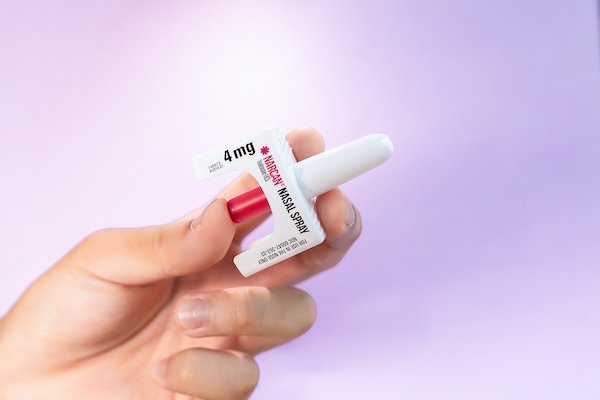
What strategies can we deploy today to ensure better access to life-saving tools tomorrow? Pharmacy researcher William Eggleston hopes to expand the use of naloxone — a nasal spray designed to reverse an opioid overdose — and increase public awareness of its benefits. He’s one of many Binghamton scientists focused on improved health outcomes.
Eggleston discusses the stigmas associated with opioid use disorder in this Faculty Focus video.
7. Our professors are researching literary legends
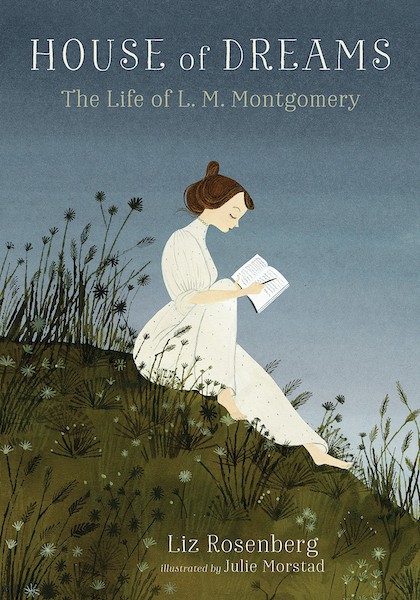
Faculty author Liz Rosenberg brings two beloved writers to life in recent biographies for young readers. Scribbles, Sorrows, and Russet Leather Boots: The Life of Louisa May Alcott draws on the author’s journals and letters, illuminating the life of the writer who gave us Little Women. House of Dreams: The Life of L. M. Montgomery introduces fans of Anne of Green Gables to the complicated life of the woman behind that masterpiece.
Rosenberg studied journals and letters for her book about Alcott. Learn more.
8. Our engineers are finding ways to make life a little easier
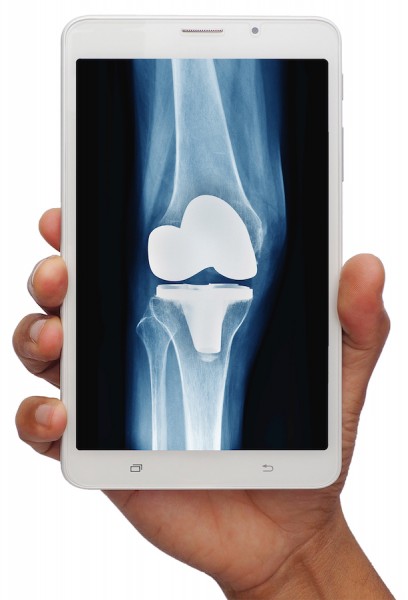
Most knee replacements last 20 years or more, but what happens when patients live longer or have surgery when they’re young? Mechanical engineer Shahrzad “Sherry” Towfighian is developing ways to monitor knee replacements using sensors that generate their own power through movement. Her plan includes a smartphone app that lets patients track the performance of their implants.
Towfighian recently won a five-year, $2,326,521 grant from the National Institutes of Health to support this research.
9. Even first-year students are researching
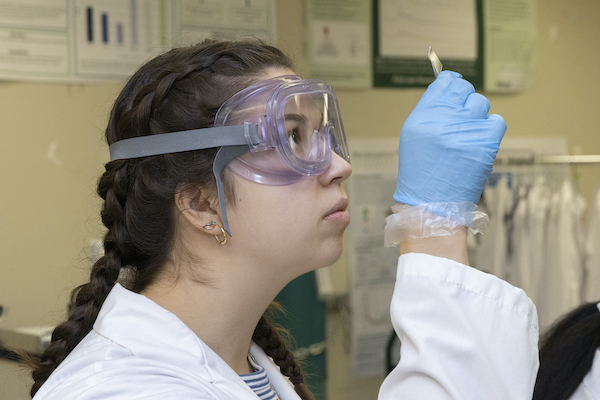
The First-year Research Immersion program introduces undergraduates to research from the time they arrive at Binghamton. Participants in the FRI program tackle weighty world issues, build relationships and set a course for college and career success. It’s all part of our mission as an R1 Doctoral University with “very high research activity” in the Carnegie Classifications!
Our FRI program is the only one of its kind in the Northeast.
Rachel Coker, director of research advancement, writes about topics ranging from physics to fiction, plans lab tours and generally tries to get people excited about research on campus. She’s also an adjunct instructor of journalism.
Have questions, comments or concerns about the blog? Email us at social@binghamton.edu.
